The art and science of marketing has undergone vast changes in the last few decades, and nowhere is this more evident than in mobile apps. The mobile platform (in general terms) is a marketer’s dream: Immense reach, incredible flexibility, boundless creative opportunities, all the data you could wish for. That, of course, leads to an explosion of tools and techniques, massive mountains of data and endless decisions you have to make. Which creative works better Which ad network should you be using for which purpose And even if you know the answers to those questions for last week, will this week be the same
Into this maelstrom of marketing sails Singular, a company founded earlier this year that promises to help marketers navigate through these stormy seas. Singular “enables marketers to unify and analyze their entire mobile marketing operations through a single dashboard, allowing them to optimize campaigns by cost, LTV, ROI, ad placement, a myriad of targeting parameters, and other key performance indicators (KPIs) to drive maximum return on investment.” as their marketing materials put it. Adding to this dashboard is Singular’s latest tool, the Creative Optimization Wizard.
 Gadi Elishayov
Gadi Elishayov
With the Creative Optimization Wizard, “marketers can now identify the best and worst performing creative assets for each campaign in real time based on full-funnel analysis of CTR, conversions, CPC, CPI, ARPDAU, ROI or whatever KPI matters most to their business,” Singular said. How well does this work According to Singular, customers who used its Creative Optimization Wizard during the product’s beta stage were able to nearly double the click-through rates for creative running on iOS, experiencing an average lift of 91 percent over a 3 month time period.
“The feedback we’ve gotten on the Creative Optimization Wizard is incredibly positive,” said Gadi Elishavov, CEO and Co-founder of Singular. “Creative is such a critical factor in the mobile advertising mix, and yet there are no tools available today to help marketers understand how their creatives are performing across multiple campaigns. With our Creative Optimization Wizard, marketers can see what images and graphics are working best for which audiences, and art directors can test and iterate different concepts for efficacy. The impact is both immediate and significant.”
Top grossing app developer Storm8 was among several prominent customers using Singular’s Creative Optimization Wizard during the product’s beta program. Commented James Peng, Head of User Acquisition and Monetization at Storm8, “With transparency and reporting granularity becoming crucial in the new era of mobile performance marketing, Singular’s Creative Optimization Wizard provides us the clarity that we need, allowing us to invest in winners, cut underperforming creatives, and match the right creative to the right audience to deliver optimal performance.”
The [a]listdaily spoke with Singular CEO and co-founder Gadi Elishayov about the company, the Creative Optimization Wizard, and how Singular is trying to help app marketers.
[a]listdaily: Why did you want to create a mobile marketing platform
Gadi Elishayov: All three founders — myself, the CTO and the COO — used to work at a company called Onavo, that was a two-sided business. There was a consumer app that people used to use to compress their data [and thus reduce their data usage charges]. By virtue of compressing your data, everything would pass through Onavo’s servers. Onavo created the biggest mobile panel in the world on real devices. We had competitive data about real engagement usage, and you could see what people were doing on apps, we could combine that with demographics and offer a unique set of data for a lot of companies. Tools like App Annie offer to see you in the App Store, but this offered engagement data. I was leading research, my other co-founder was leading development, and the third co-founder Susan was leading business development and sales. Working at Onavo we were doing user acquisition ourselves. The concept was getting people to use our application and that made our panel bigger and stronger, and reduced biases in all sorts of segments.
We leveraged user acquisition pretty heavily. As the business grew, many of our customers were really the biggest spenders on mobile and wanted to benchmark themselves. The data Onavo provided helped them to see where they stood against the competition.
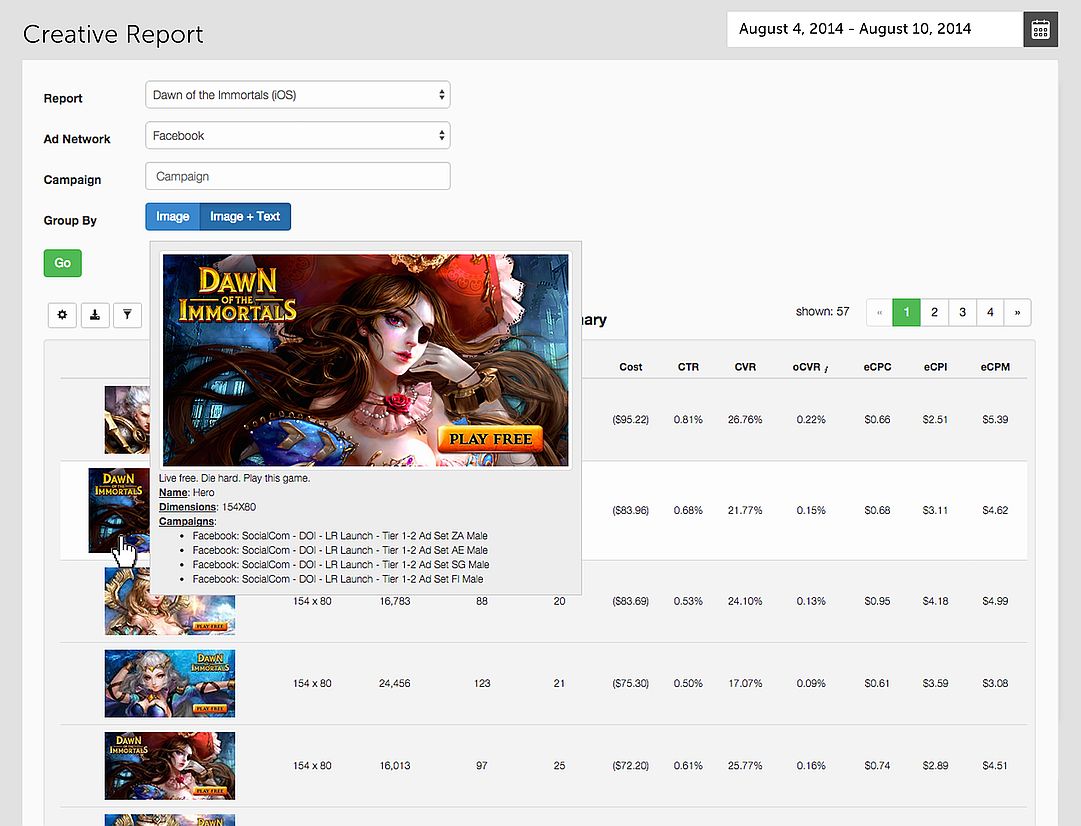
Doing all this work with marketers, we realized that there are many gaps in mobile marketing, and that led to us forming this company. It was a combination of seeing our customers at Onavo and experiencing it ourselves. My friend was head of marketing at Onavo, and I remember she was preparing reports for the CEO and she used to work for almost a week manually preparing reports to present to the CEO about the activity they had done in one month of advertising activity, and I was shocked by how manual that was.
After we left Onavo, we got together and asked ‘where did we feel there was a big pain ‘ In mobile marketing, it seemed like things were way too manual than they should be. We started researching that, and we built our first product trying to solve all those problems we’ve seen of all the manual work involved. We were actually amazed to see how many companies are struggling with the same problems Onavo had. We saw many of Onavo’s customers like Zynga, Kabam, and Gree, they were struggling to do the same. We heard they took the Onavo tools and tried to use them to help them do mobile marketing, and it wasn’t really fit for that. They needed tools for their day to day work.
Our concept was we want to automate in that space, we want to replace those manual operations with automated work. That’s how we started Singular.
[a]listdaily: You’re really trying to pull together information across multiple sources and allow marketers to analyze it at a high level, isn’t that it
Gadi Elishayov: That’s a good definition. When you look at mobile marketing you see such an insanely fragmented market, both with the number of networks you have, and publishers, and agencies. Mobile, from a technical perspective, has caused these silos to be created of data, you have so much data on the networks and inhouse that you use to track bids and operations, and you have your own business intelligence systems. In order to do that efficiently people have to pull this data together. That’s what we call the V1, which is tying all that data and surfacing that to people. Part of that is getting the data, and the second part is connecting that.
We have a firm belief that your entire operation could be managed from one place. We want to create tools, a SaaS platform, to help you do all of that. Our creative optimization wizard is a demonstration of how we implement that vision. Creative is a huge place you can optimize. If you think about it, collecting the cost manually from every ad network on a daily level is possible, but when you have so many creatives and you want to get the cost per creative and the revenue that is generated by those users, it gets insane.
[a]listdaily: How do you want to build out your service
Gadi Elishayov: We have a lot of exciting things in the works. We believe in automating the workflow, so our natural progression would be enabling people to do more over the platform. There are a ton of things we can do over the platform, whether it’s helping you manage things or helping you analyze things. There are so many exciting ideas that our customers bring up, and so many exciting things that we have in the works. You will see Singular expanding its tool set to accommodate more of the work people do today. There’s so much untapped potential right now, and when you tie together those different components of what people do it can be so much more powerful. We’re already working with some of the biggest customers, and I think that approach has been working well so far.
 Brian Reynolds
Brian Reynolds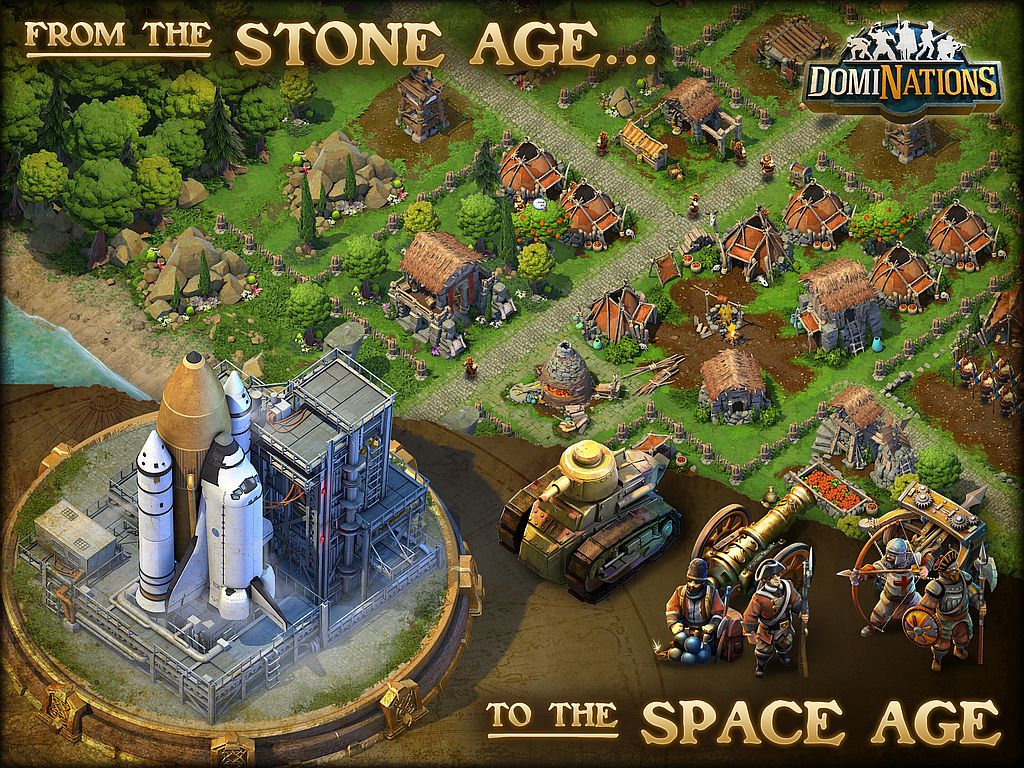
 Ehtisham Rabbani, CEO of SteelSeries
Ehtisham Rabbani, CEO of SteelSeries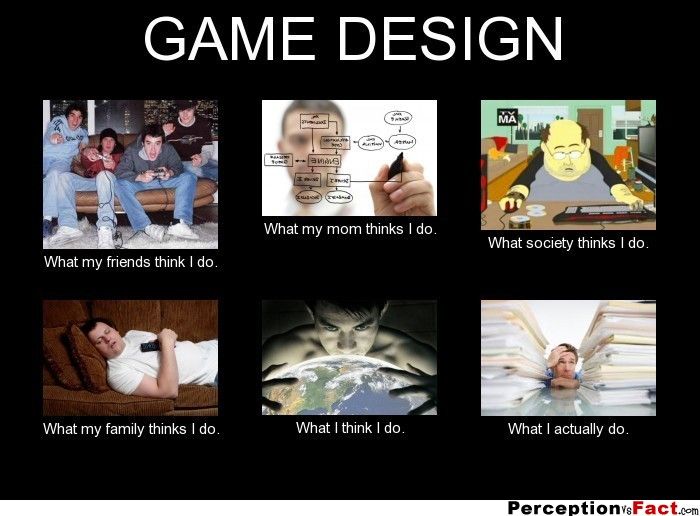
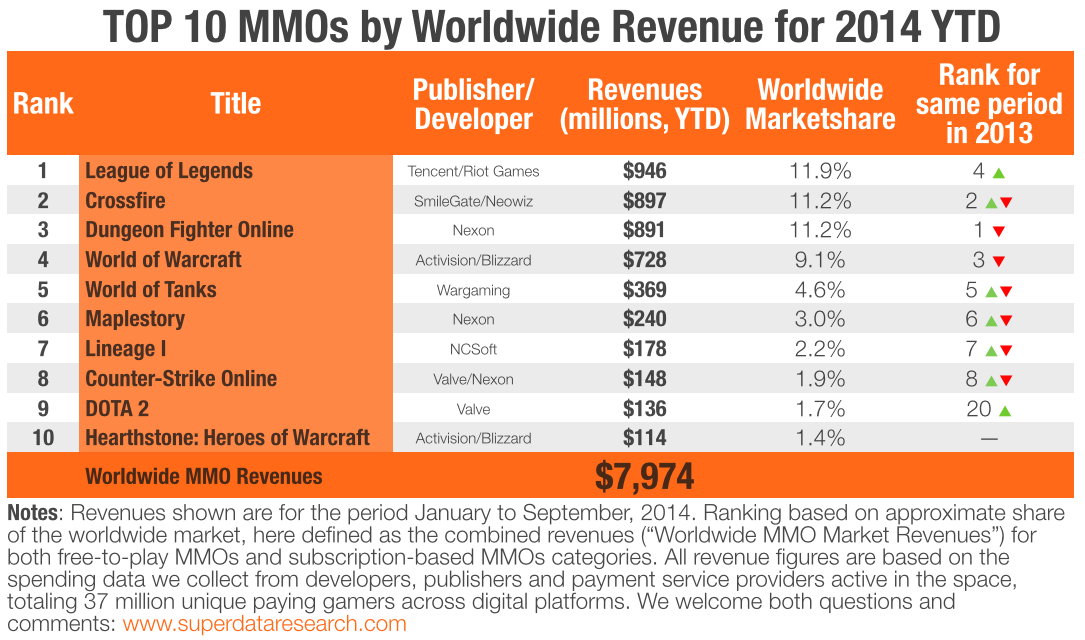
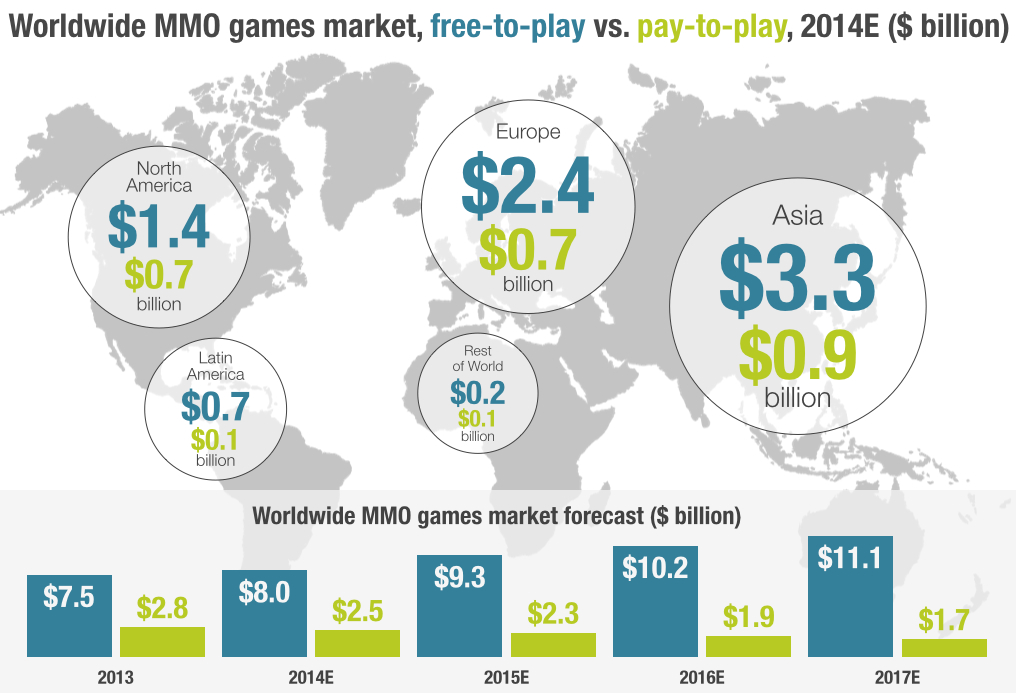
 Alex Hayter
Alex Hayter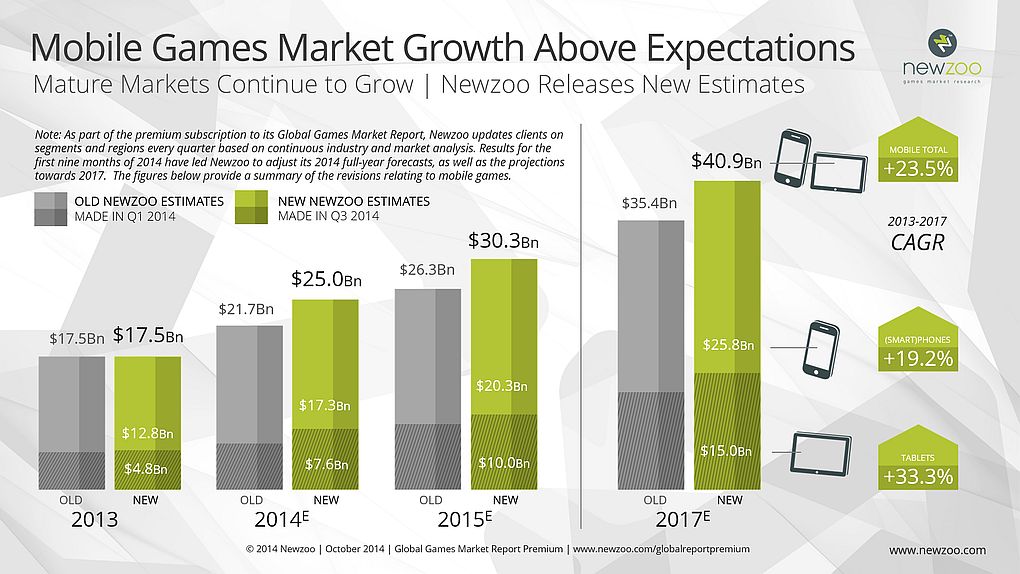
 Samuel J. Schwieters, co-founder of Good Gaming
Samuel J. Schwieters, co-founder of Good Gaming
